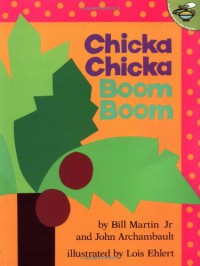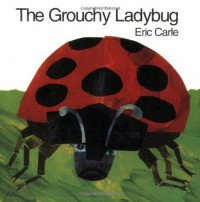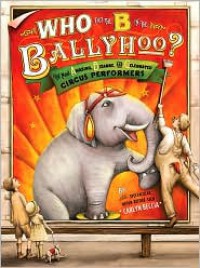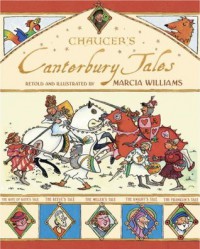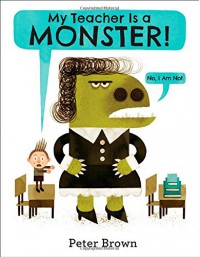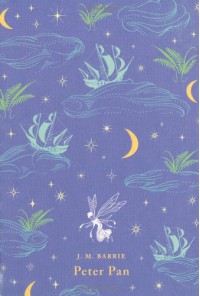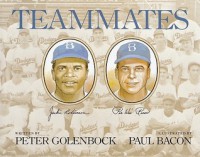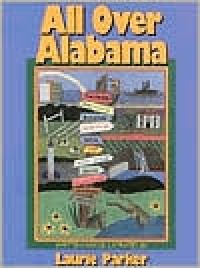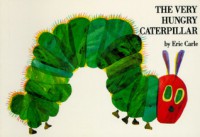Brown Bear, Brown Bear, What Do You See?

Who didn't love this book as a child? Its very engaging for kindergarten children, holding their attention with vivid colors, animals, and easy to understand text. I would use this book as a reading circle read aloud. I would read the book aloud to my kindergarten class and lead an activity in colors and sequencing.



